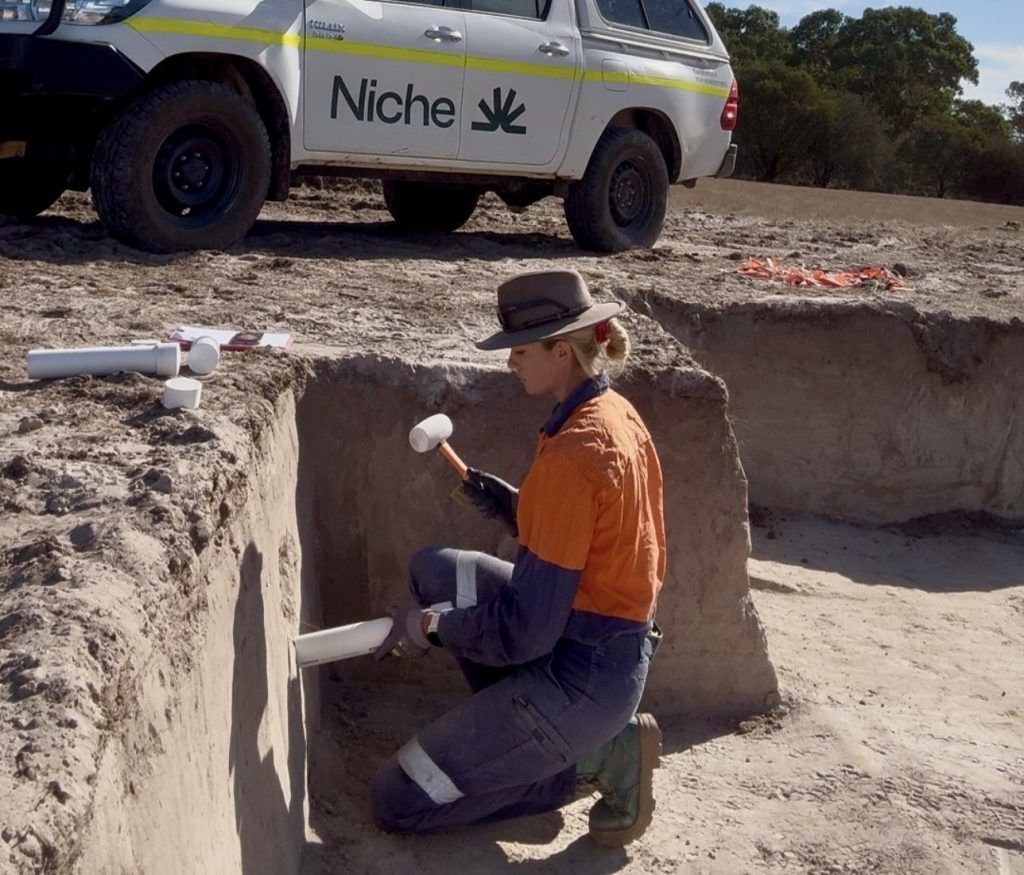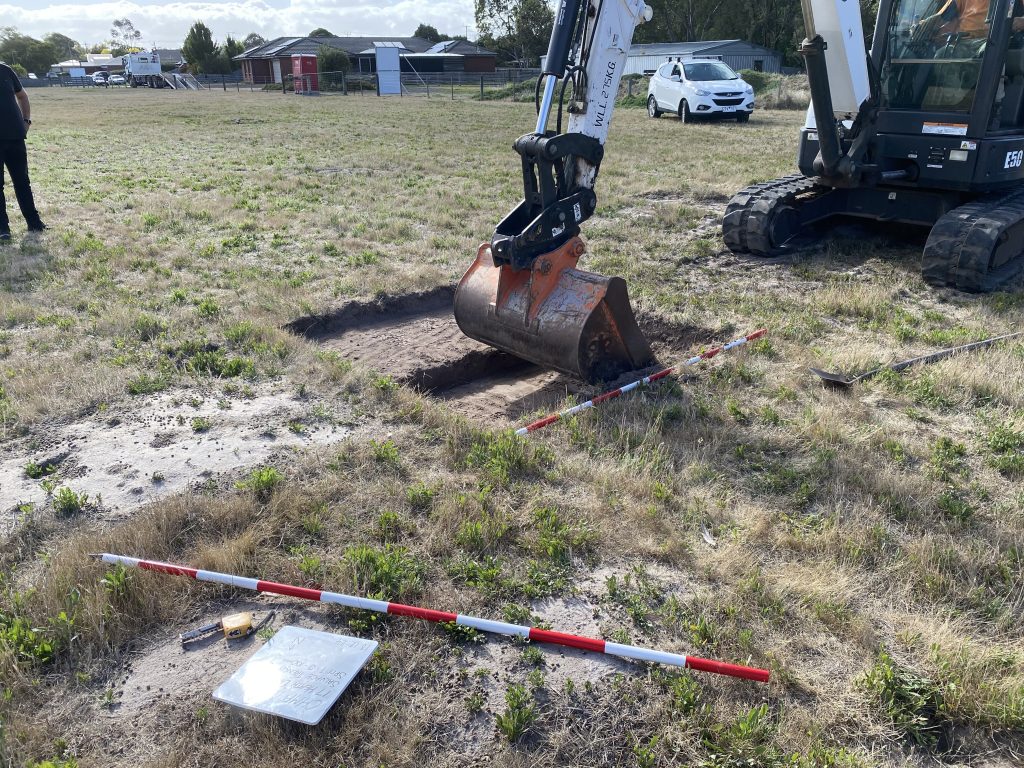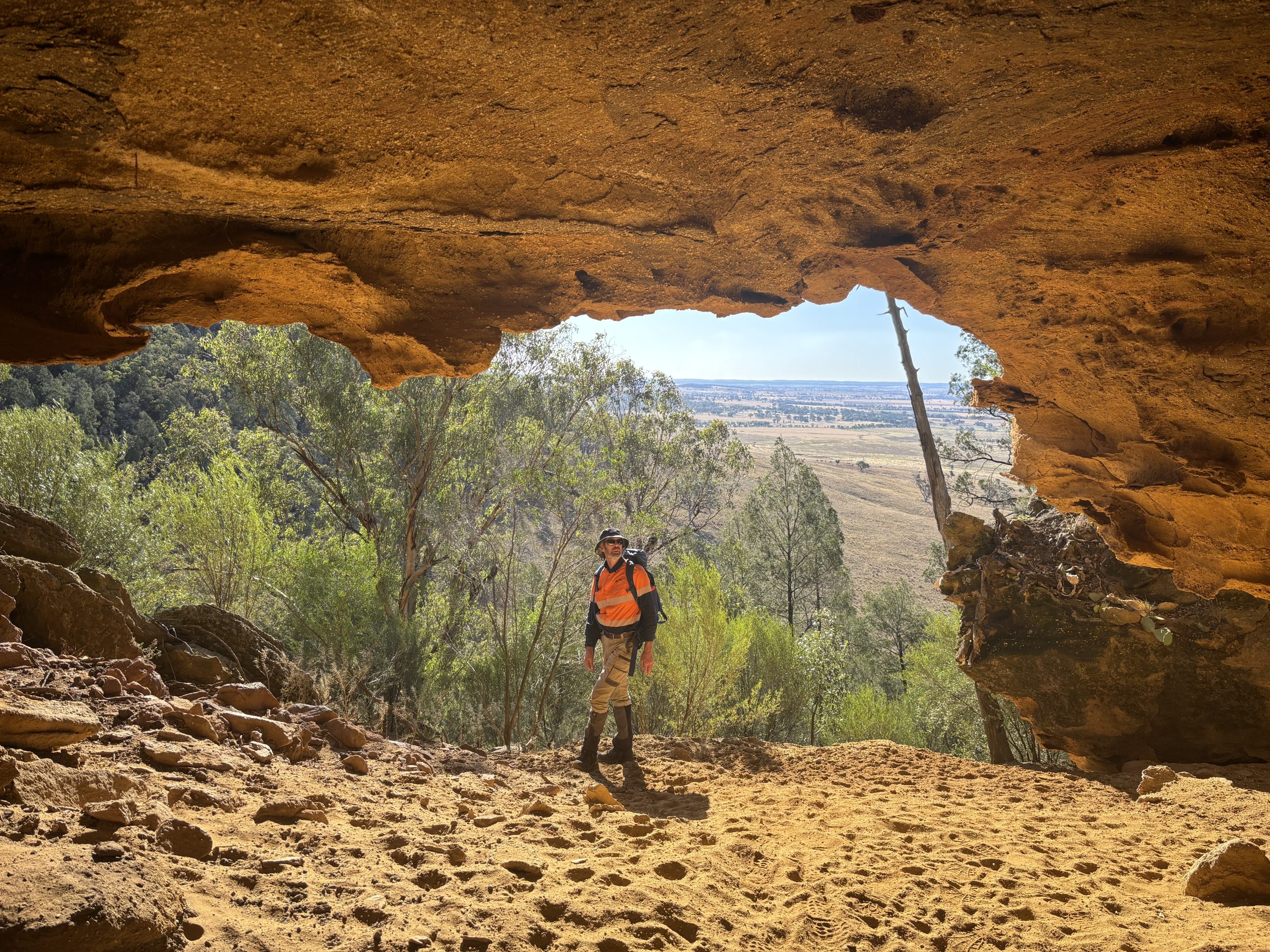Registered Aboriginal Parties in Victoria are updating their heritage requirements—what does this mean for project developers?
Author: Justin Shiner, Manager – Heritage
April 24, 2025

News & Insights
If you are developing a renewable energy, infrastructure, or property project in an area of cultural heritage sensitivity in Victoria, you probably already know that you need a Cultural Heritage Management Plan (CHMP) if your activity occurs within an area of cultural heritage sensitivity.
But did you know that some of the Registered Aboriginal Parties (RAPs) – who are tasked with approving these plans – have recently released new guidelines?
These guidelines provide clarity on the excavation requirements associated with the Complex Assessment component of the CHMP process.
So, what do developers and project proponents need to know?
Increased rigour
RAPs are responsible for protecting their heritage, while development booms across the state.
To do this, they have increased the rigour of Complex Assessments, for projects most likely to impact cultural heritage. These assessments typically require archaeological excavations to investigate whether Aboriginal cultural heritage, such as stone artefacts, exist within the activity area.
Previously, if a project was required to continue to the Complex Assessment stage, the heritage consultant would develop a proposed plan and methodology, to be presented to the RAP for discussion.
Now, several RAPs have introduced guidelines on how these excavations should take place. They might define how many pits should be dug, how they should be spaced, or what percentage of the project site (or ‘Activity Area’) needs to be tested.

A Niche heritage expert conducting an excavation at a project site in Victoria
This means that the amount of assessment required has significantly increased, often with the entire Activity Area being subject to Complex Assessment.
The good news is that these changes won’t impact the likelihood of your project being approved by the relevant RAP. But they will increase project timelines and costs, so it’s important to be aware early on in your project.
How might this look in practice?
If you are required to excavate in a RAP area with new guidelines, here is how it might look.
As well as the manual digging of a mandatory one metre squared test pit in each different landform, you may now need to test a grid pattern across your entire Activity Area using an excavator, known as mechanical excavation.

A mechanical excavation taking place at a project site in Victoria
For example, if you are in the Taungurung Land and Waters Council (TLaWC) area in Central Victoria, you will need mechanical test pits with 20 metres of spacing in areas of cultural heritage sensitivity, or 50 metres outside those areas.
You will also need to sieve all excavated materials to capture any artefacts they might contain.
For a 16 hectare square residential housing subdivision, with 25% of the Activity Area falling within an area cultural heritage sensitivity, this translates to a total of 72 mechanical test pits – 36 every 20 metres in your culturally sensitive portion, and 36 every 50 metres outside of that.
The time it takes you to excavate these pits will vary depend on their length, depth and the soil characteristics (e.g. wet, dry, rocky etc). Usually, an excavation crew can complete a mechanical trench within one hour. For 72 test pits, that could take one week.
If cultural heritage is found during these excavations, TLaWC guidelines require additional testing. At any test pit that contained artefacts, further excavation around the artefact bearing pit takes place to double negative pits in each cardinal direction. A minimum of eight additional test pits would be required if artefacts are found.
To total this up, you may need a fortnight of on-site excavations, plus additional time for planning and contingencies.
Important to consider
From the example above, it is easy to see how Complex Assessment can impact the cost of a CHMP.
It can be difficult to fully understand these costs until the CHMP process has commenced so it is important to consider the following when seeking a quote from a Heritage Advisor:
- Ask about the total cost of the CHMP, not just the Standard Assessment stage, as most RAPs will require some form of Complex Assessment if the activity area is not heavily disturbed from previous use.
- Make sure the advisor has clearly outlined their assumptions for Complex Assessment testing requirements.
- Ask for a quote in accordance with the relevant RAPs standard Complex Assessment methodology.
- Beware of hidden costs—the majority of CHMP expenses occur at the Complex Assessment phase, so if one quote appears significantly cheaper than others, chances are they have not considered the RAP’s standard testing methodology.
At Niche, we pride ourselves on being upfront about the nature and scope of assessments, and on the accuracy of cost estimations.
We have close relationships with RAPs across the state and know the score when it comes to the requirements for Complex Assessments to help you make an accurate plan up front.
For example, we could model the likely testing plan and provide an estimate of the total number of pits required for excavation and a contingency for extent testing of artefact bearing pits.
Knowledge is power
While these new requirements may seem daunting, they need not be with the right support, and realistic expectations.
The main takeaway for developers is think about your CHMP early on and partner with a Heritage Advisor that can set you up for a smooth process.
For more information, please get in touch with us today.




